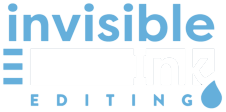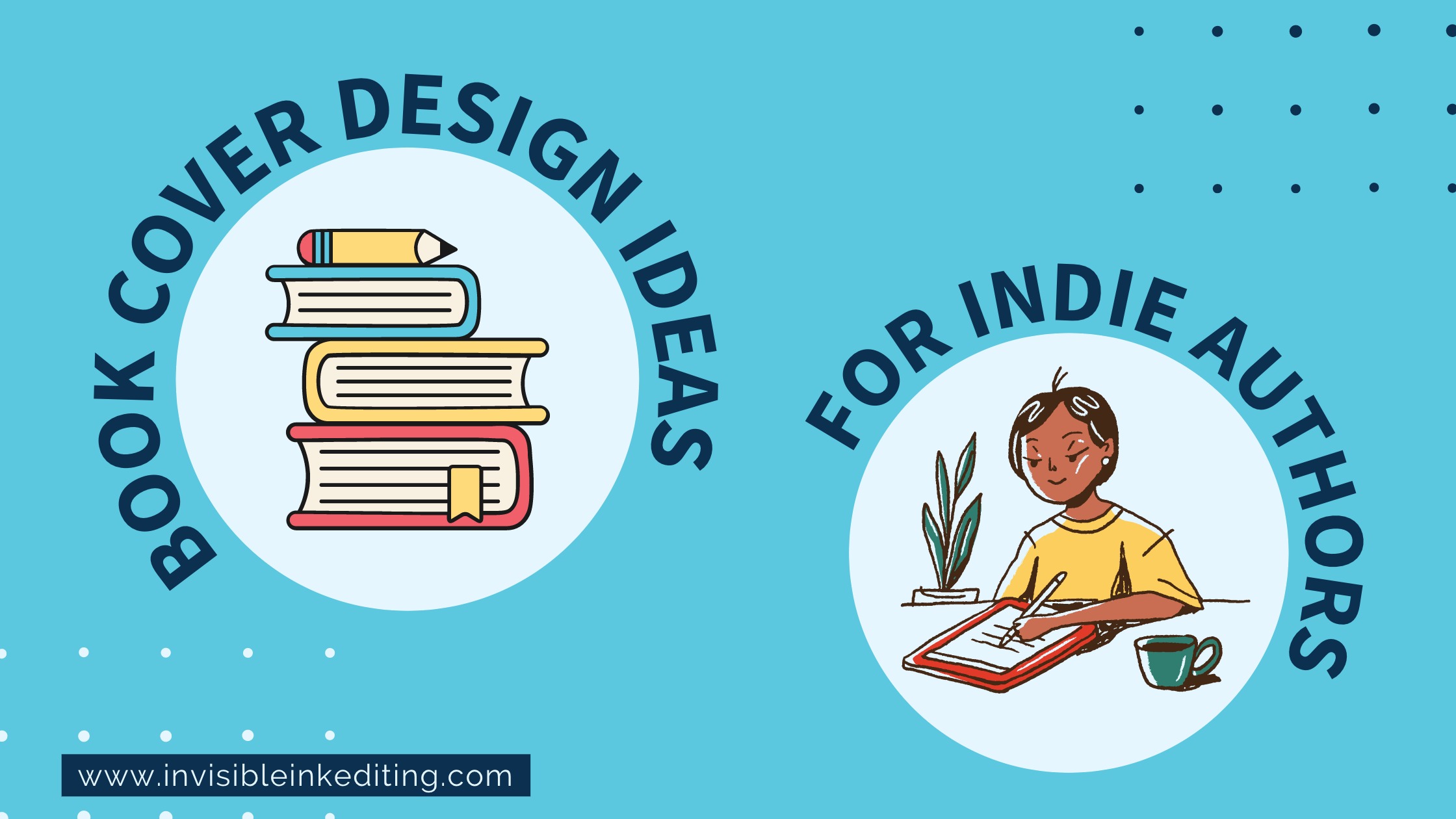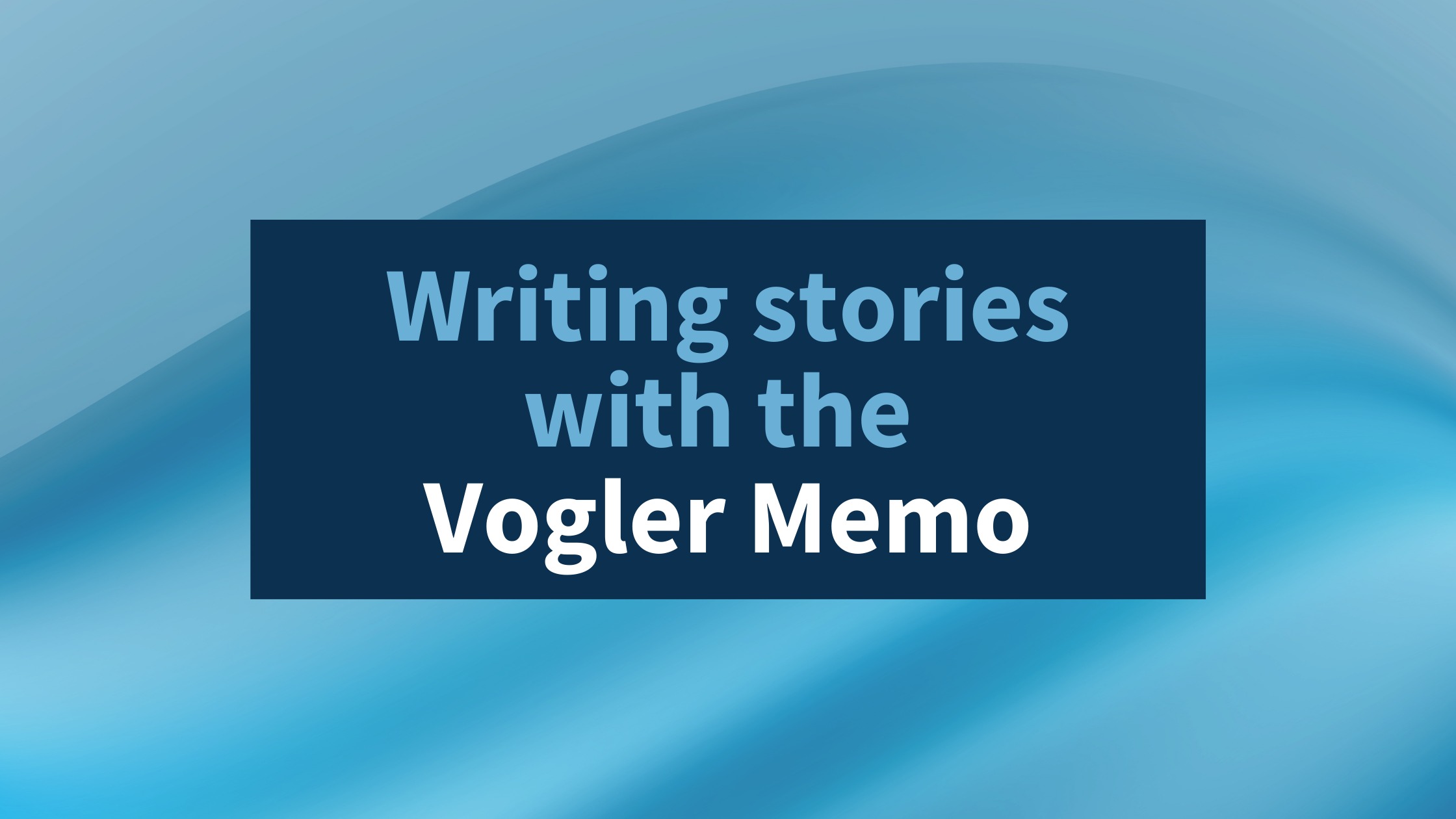So, you’ve finished writing your manuscript—congratulations!—and you’re following all the prescribed next steps. You’ve gotten feedback from beta readers, and had your book professionally edited and proofread. You even have a plan for distribution once your novel hits the (e-)bookshelves.
You’ve got a marketing plan, too. There’s just one little piece of it left, but somehow it has you cowering in a corner.
The dreaded book blurb.
There are plenty of common fears among writers, but writing a book blurb is way up there on the list of daunting tasks. How do you convince readers—in just a few hundred words—that your book is the one they should read next? Knowing it’s an essential piece of your marketing package can make it even more stressful.
After helping dozens of self-published authors produce stellar book blurbs for their novels, I’ve compiled a set of seven simple tips for writing a blurb that will be sure to lure readers new and old.
1. Hook your reader and reel them in.
“You think you know the truth. The truth is you know nothing.”
—Fool Me Once by Harlan Coben
“In the heart of Trenton, N.J., a killer is out to make sure someone gets his just desserts.” —Turbo Twenty-Three by Janet Evanovich
“The traffickers. The drug dealers. The smugglers. They know what it takes to get a gun into Morocco, and so does Detective Laafrit.”
—Whitefly by Abdelilah Hamdouchi
What do the quotes above have in common? They all happen to be opening lines from blurbs of books published in 2016, but more importantly, they all make me want to keep reading. Not every great book has a great hook on the cover (trust me, I’ve looked at a lot of them). But when you’re self-publishing your novel, a strong hook can do wonders for catching readers’ interest. Even if it’s not as pithy as Harlan Coben’s, your blurb should open with an enticing tidbit—at least, enticing enough to get the reader to move on to the second line.

2. Focus on the main character(s).
Fiction readers love great characters, and a blurb is your first opportunity to introduce your readers to your protagonist. The bulk of your blurb should focus on the protagonist (and what’s happening to them). If you find yourself talking about minor characters, especially in the opening lines, your blurb probably isn’t living up to its potential. Does your novel include dual POVs? Then both your protagonists should make an appearance!
Keep in mind, we don’t want your main character’s whole life story—just a basic outline that shows why the protagonist (or what’s about to happen to them) is intriguing. It’s even possible to have your whole blurb focus on a main character, if the story itself is heavily character-driven.
3. Don’t summarize.
This is probably the most common blurb-related mistake I see as a book editor. As you sit down to write your blurb, it’s only natural to be thinking about all the ins and outs of your story. So you start typing away, and before you know it, you have a summary chock-full of plot points and details. Here’s the problem: if I can get the whole story from the blurb, why would I bother to open the cover?
Give your readers only the most important nuggets they need to understand what makes the book worth reading—never reveal the twist, the grand finale, or the entire arc of any character.
4. Cultivate mystique.
My best advice when it comes to writing a book blurb is to think of it like a teaser or a movie trailer. Rather than telling readers what to expect in any great detail (see No. 3), use this opportunity to entice them to start reading in the first place.
Imagine potential readers skimming blurbs for books in the same genre as yours, trying to find the next novel they want to sit down with. Beyond that catchy hook you’ve written, what makes your book the most intriguing? Once you have a good sense of that, don’t state it outright—use creative language to hint at what the reader will want to find out. Apply the principle of show vs. tell to your blurb, just as you did to your prose.

5. Embrace the drama.
Writing your book blurb is a good excuse to go a little over the top. Be hyperbolic! Use metaphor! Many book blurbs start or end on a question (e.g., Will they be able to solve the mystery before time runs out?).
The following blurb for Paula Hawkins’s The Girl on the Train uses a tight two-paragraph structure with a catchy lead-in before each, a bit of hyperbole, and a hypothetical question to wrap things up:
EVERY DAY THE SAME
Rachel takes the same commuter train every morning and night. Every day she rattles down the track, flashes past a stretch of cozy suburban homes, and stops at the signal that allows her to daily watch the same couple breakfasting on their deck. She’s even started to feel like she knows them. Jess and Jason, she calls them. Their life—as she sees it—is perfect. Not unlike the life she recently lost.
UNTIL TODAY
And then she sees something shocking. It’s only a minute until the train moves on, but it’s enough. Now everything’s changed. Unable to keep it to herself, Rachel goes to the police. But is she really as unreliable as they say? Soon she is deeply entangled not only in the investigation but in the lives of everyone involved. Has she done more harm than good?
In short, it’s dramatic—but not so dramatic that I roll my eyes and click away. That’s the sort of balance you’re aiming to strike.
6. Keep it short and sweet.
In most cases, your blurb should be between 200-300 words. With nonfiction or self-help books, where you really need to sell your reader on what they’re going to get out of it, you can get away with a longer blurb. If you’re already a well-known writer, your blurb might be a bit longer too, since you may include some promotional quotes and praise that your work has received. But, newbie writers, beware: calling your book a “page-turner” or yourself a “gifted storyteller” in your own promotional blurb might make you come off more pompous than professional.
7. Consider your blurb in a marketing context.
If you’re going the traditional publishing route, the team at your publisher should have this covered. But what if you’re self-publishing? Perhaps you’re tackling marketing all on your own, or you’ve enlisted the services of a private marketing consultant. Either way, your marketing team isn’t exactly gigantic, so you’ve really got to do your due diligence.
Ask yourself these questions:
- Does my blurb convey the right mood for the novel?
- Do the blurb and the cover (and my other marketing materials) go together thematically?
- What styles of blurbs are other authors in my genre writing?
A little market research—aka reading other blurbs on various e-book retailers—can help you make sure you’re (a) not copying anyone else and (b) keeping in line with your readers’ expectations. After all, when it comes down to it, the point of your book blurb is to, well, sell your book!
I hope these seven writing tips are just what you need to start or finish an amazing book blurb for your upcoming novel. If you’re still having trouble getting it right, or you want a fresh pair of eyes on your copy, Invisible Ink Editing can help! Click here to learn more about our blurb editing service, or send us an email with questions anytime.
—Leah Wohl-Pollack, Senior Editor





